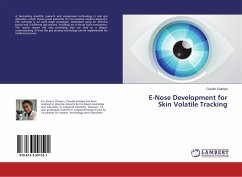Acquiring and tracking signals such as legacy GPS L1 C/A can prove challenging under adverse conditions. Increasing the processing gain by 20 dB usually requires long coherent integrations which remain limited by the 50 Hz data bits transmitted. Fortunately, the GPS has been modernized with the addition of a civil signal, namely L2C, on the L2 frequency band. In this book, acquisition and tracking methods making use of both the L1 C/A and L2C signals in a combined manner are developed and tested. Three best-performing acquisition methods are described theoretically and compared. The first method implies a non-coherent summation of L1 and L2 correlator outputs. The second method implements an independent differential summation of L1/L2 correlator outputs and the third method represents a non-coherent plus dependent differential summation. Regarding tracking sensitivity, L1 C/A and L2C code and phase discriminator outputs are combined through a Kalman filter estimating the relativedelay between L1 and L2, the L2 code and phase errors, the L2 frequency error and the L2 phase acceleration error. Results are shown in terms of sensitivity compared to standard single frequency tracking.








